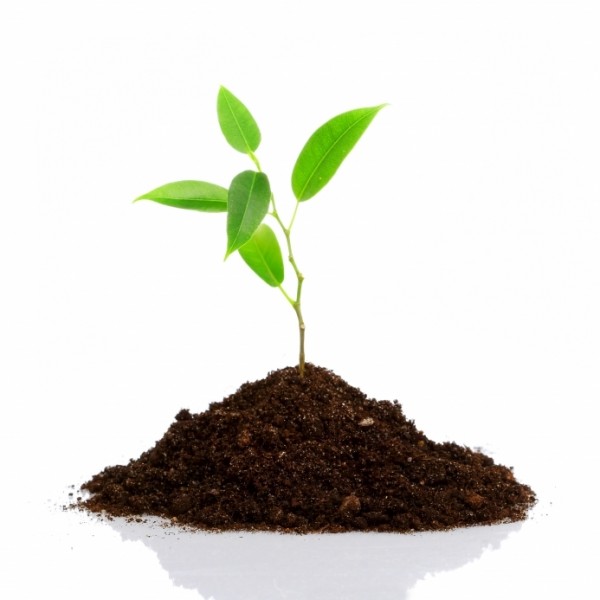What is necessary for plants? Of course the sun, air and water. In addition,  another major component: Nutrient.
another major component: Nutrient.
Plants receive basic nutrition through the root system in the form of chemicals dissolved in water, so that later, through photosynthesis, using light energy, they convert carbon dioxide into building material to create their own cellular structure for their own growth, development and fruiting.
For the plants, various chemical elements are needed, the so-called “basic” – nitrogen, potassium, phosphorus, as well as a number of other chemical elements: magnesium, calcium, sulfur, and in very small quantities trace elements – manganese, iron, boron, zinc, copper, molybdenum and others.
Where do plants get this set of chemicals from? From the environment where the roots live, for example, from the soil, or from the substrate.
This is a neutral substance in which the root system of plants is placed for efficient cultivation of plants in hydroponics. It helps to hold a nutrient solution containing all the necessary chemical elements for plant growth and development is fed through an irrigation system into containers filled with the substrate, where it is absorbed by the plant’s root system and all the necessary nutrients enter the plant with irrigation water.
Mineral or organic substances, chemically neutral and stable, capable of remaining neutral, are used as substrates when a minerals solution is fed to the plants, containing everything necessary for the vital activity of the plants.
In addition, the substrate must have good water retention, to retain moisture and be well aerated, that is the must to contain an air, as the roots also “breathe”. The most popular substrate types are mineral wool and coconut.
Separately, we would like to highlight the technology of growing without substrates, which allows you to significantly reduce the cost of vegetables produced.

